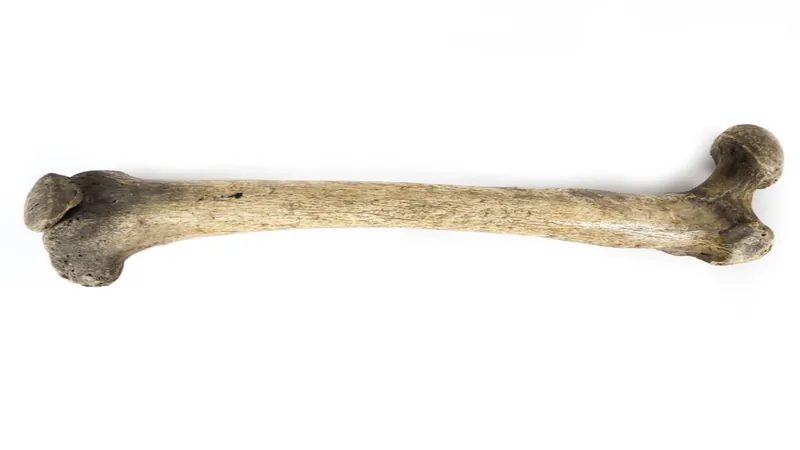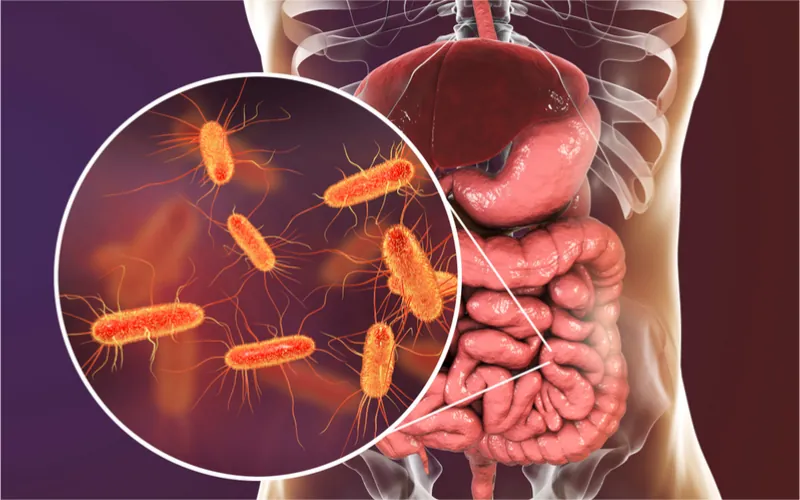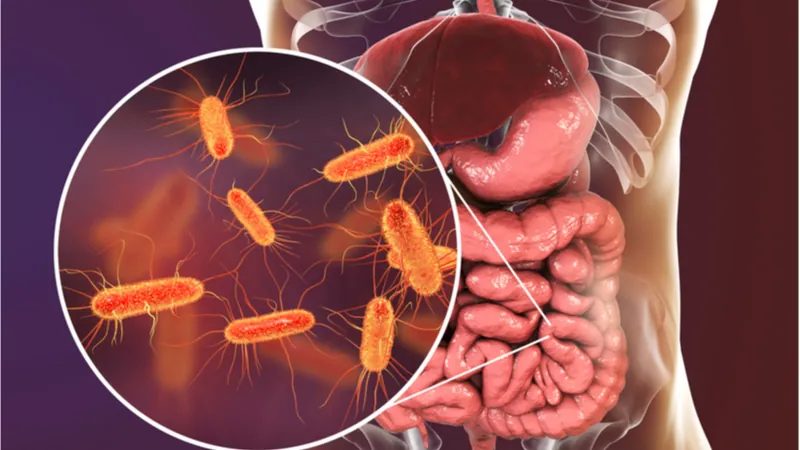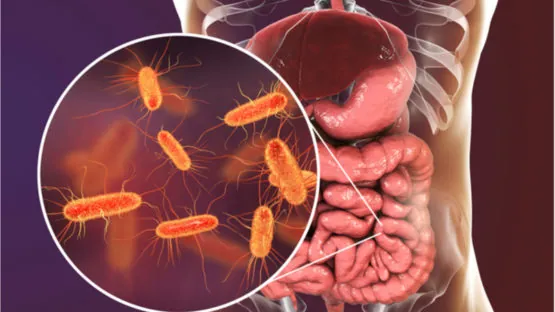Researchers from the University of Geneva have shown that a warm environment improves bone strength and highlights a related link with gut microbiome composition. These findings also pave the way for novel therapies for the treatment of osteoporosis.
Turning up the heat
Osteoporosis is an age-related bone disease typified by the loss of bone density, which increases the risk of fractures and breaks due to loss of bone structure. The condition is present in around one third of postmenopausal women and presents a serious health and quality of life issue. New research suggests that there is a link between osteoporosis, heat, and the bacteria living in our guts.

Read More
The gut microbiome and the bacteria that live within its ecosystem have been shown in previous studies to influence systemic inflammation, longevity, skeletal muscle mass, and gut barrier integrity, and it might even be the link between chronic inflammation and Alzheimer’s disease.

Read More
In a new study, using the latest metagenomic and metabolomics tools and techniques, the research team showed that a warm environment of 34 °C appears to improve bone strength and prevents the age-related bone density loss typically seen in diseases such as osteoporosis [1].
The researchers showed that the phenomenon is linked to changes to the populations of bacteria living in the gut microbiome. They were able to improve bone strength and density in mice suffering with osteoporosis by transplanting microbiota from mice that were kept at a warmer environmental temperature. Doing this also had the overall effect of slowing down the progression of the disease.
It appears that the beneficial changes relating to heat come from gut bacteria that produce a metabolite known as polyamine, which is known to improve bone tissue upkeep. By transplanting these particular bacteria, which thrive in warmer environments, to the guts of mice suffering from osteoporosis in colder conditions, the researchers observed some reversal of disease progression.
Further, this benefit is not observed in mice in which polyamine production is actively prevented via inhibition. This points the finger at polyamine, and the bacteria that produce it, being the key players in the effect that heat has on osteoporosis.
Interesting, but what about humans?
The researchers looked at epidemiological data relating to the incidence of osteoporosis, taking into account average temperature, latitude, calcium consumption, and vitamin D levels. They discovered that there was a lower incidence of hip fractures, a common consequence of osteoporosis, for people who live in warmer regions.
Calcium and vitamin D, which are known players in the progression of osteoporosis, did not influence the correlation between environmental heat and fracture risk. This suggests that while these two factors likely do play a role, the most influential factor appears to be heat.
Osteoporosis is the most prevalent metabolic bone disease, characterized by low bone mass and microarchitectural deterioration. Here, we show that warmth exposure (34°C) protects against ovariectomy-induced bone loss by increasing trabecular bone volume, connectivity density, and thickness, leading to improved biomechanical bone strength in adult female, as well as in young male mice. Transplantation of the warm-adapted microbiota phenocopies the warmth-induced bone effects. Both warmth and warm microbiota transplantation revert the ovariectomy-induced transcriptomics changes of the tibia and increase periosteal bone formation. Combinatorial metagenomics/metabolomics analysis shows that warmth enhances bacterial polyamine biosynthesis, resulting in higher total polyamine levels in vivo. Spermine and spermidine supplementation increases bone strength, while inhibiting polyamine biosynthesis in vivo limits the beneficial warmth effects on the bone. Our data suggest warmth exposure as a potential treatment option for osteoporosis while providing a mechanistic framework for its benefits in bone disease.
Conclusion
These findings could pave the way for the development of novel therapies to address osteoporosis. Such low-tech approaches as fecal transfers are one such possibility, as is isolating the particular bacteria in question and transferring them as a probiotic to patients with osteoporosis.
Literature
[1] Chevalier, C., Kieser, S., Çolakoğlu, M., Hadadi, N., Brun, J., Rigo, D., … & Ivanišević, J. (2020). Warmth Prevents Bone Loss Through the Gut Microbiota. Cell Metabolism.



